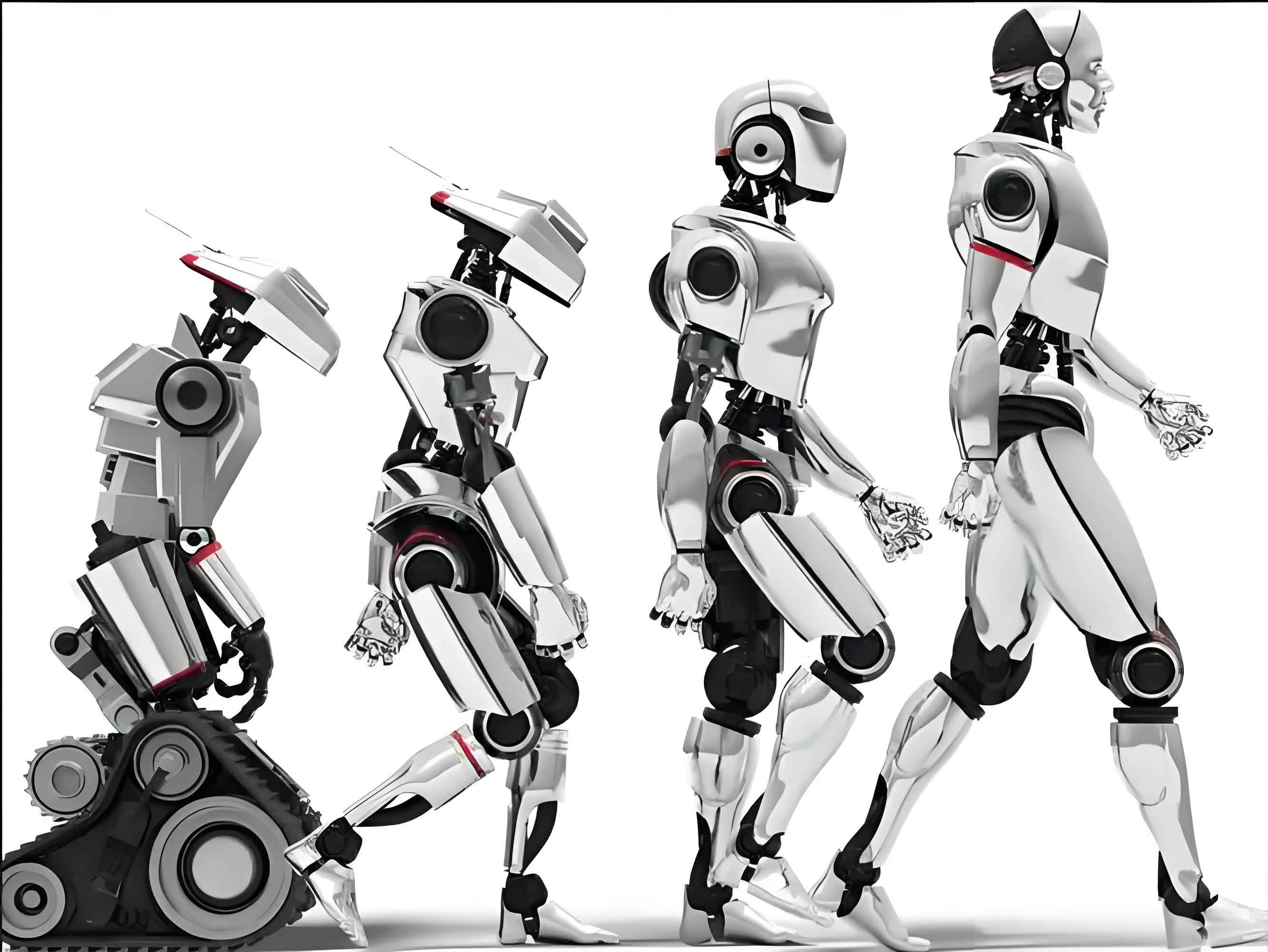As a robotics educator and competition mentor, I have witnessed firsthand how the ROBOCON competition serves as a transformative platform for nurturing future leaders in intelligent robotics. This high-intensity, multidisciplinary contest not only challenges students to push the boundaries of engineering but also aligns seamlessly with the demands of emerging engineering education. Below, I elaborate on ROBOCON’s unique role in fostering intelligent robot innovation, supported by structured analyses, case studies, and actionable insights.

1. Introduction to ROBOCON and Its Educational Significance
ROBOCON, a premier robotics competition in the Asia-Pacific region, requires teams to design, build, and deploy intelligent robots capable of completing dynamic, rule-based tasks. Since its inception in 2002, the competition has evolved into a cradle for engineering talent, emphasizing practicality, innovation, and cross-disciplinary collaboration. Unlike conventional classroom learning, ROBOCON immerses students in real-world engineering cycles—from conceptualization to iterative optimization—preparing them for the complexities of intelligent robot development.
2. Distinctive Features of ROBOCON
ROBOCON’s structure and demands create an unparalleled environment for cultivating intelligent robot experts. Key characteristics include:
Table 1: Core Features of ROBOCON vs. Traditional Engineering Education
| Aspect | ROBOCON | Traditional Education |
|---|---|---|
| Problem-Solving Scope | Real-world, holistic engineering challenges requiring intelligent robot integration. | Fragmented theoretical problems with limited scope. |
| Innovation Drive | Mandates groundbreaking solutions (e.g., novel locomotion, AI-driven control). | Focuses on textbook methodologies. |
| Collaboration | Cross-disciplinary teams (mechanical, electrical, software, AI). | Siloed subject-based projects. |
| Outcome Metrics | Performance-based evaluation under competitive, unpredictable conditions. | Graded assignments with predefined criteria. |
These features compel students to adopt an engineering mindset centered on intelligent robot functionality, reliability, and adaptability.
3. Mechanisms for Cultivating Intelligent Robot Talent
ROBOCON’s training framework systematically develops competencies critical to intelligent robot innovation:
3.1 Multidisciplinary Integration
Participants must master mechanical design, embedded systems, computer vision, and AI algorithms. For instance, the 2023 winning team from the University of Electronic Science and Technology (UESTC) engineered a legged-wheel hybrid robot capable of dynamic jumping—a feat requiring seamless integration of kinematics, sensor fusion, and real-time control.
3.2 Iterative Engineering Practices
The competition’s 10-month preparation cycle mirrors industrial R&D processes:
- Conceptual Design: Brainstorming intelligent robot architectures.
- Prototyping: Rapid iteration of mechanical and software systems.
- Testing & Optimization: Refining performance under simulated competition conditions.
Table 2: Skill Development in ROBOCON
| Skill Category | ROBOCON-Driven Outcomes |
|---|---|
| Technical Proficiency | Mastery of ROS, CAD, PCB design, and machine learning frameworks for intelligent robots. |
| Project Management | Agile workflows, resource allocation, and risk mitigation strategies. |
| Innovation | Breakthrough solutions like UESTC’s 2023 jumping mechanism. |
4. Case Studies: Success Stories in Intelligent Robot Development
ROBOCON alumni have pioneered advancements in intelligent robotics, as exemplified below:
4.1 UESTC’s “LIMITI” Robotics Team
- Achievements: 6 national titles, 2 international championships.
- Innovations:
- Vision-based dynamic object tracking (2015).
- Adaptive wheel-leg mechanisms (2023).
- Impact: Launched 10+ robotics startups, including AI-driven drone companies.
4.2 Industry-Academia Collaborations
UESTC’s partnership with DJI (SZ DJI Technology Co.) established a Robotics Specialized Class, blending competition experience with industry-grade R&D. Graduates now lead projects in autonomous systems and swarm robotics.
Table 3: Alumni Contributions to Intelligent Robotics
| Graduate | Role | Innovation |
|---|---|---|
| Dr. Zhang Wei (UESTC) | CTO, RoboCore Inc. | AI-powered warehouse logistics robots. |
| Prof. Li Ming (THU) | Researcher, ETH Zurich | Bio-inspired intelligent robot locomotion. |
5. Future Directions for ROBOCON-Driven Education
To maximize ROBOCON’s impact on intelligent robot talent pipelines, stakeholders must prioritize:
5.1 Curriculum Integration
- Modular Courses: Embedding competition-derived case studies into courses like Intelligent Robot Design and AI for Robotics.
- Shared Resources: Developing open-access repositories for algorithms, CAD models, and failure analyses.
5.2 Expanding Accessibility
- Virtual Training Platforms: Simulated environments for remote teams to test intelligent robot designs.
- K-12 Outreach: Inspiring younger students through simplified robotics challenges.
Table 4: Proposed Framework for Scalable Impact
| Initiative | Objective | Expected Outcome |
|---|---|---|
| ROBOCON-X Online | Global participation via cloud-based tools. | 50% increase in international teams by 2030. |
| Industry Certifications | Align competition skills with job market needs. | Higher employability for intelligent robot engineers. |
6. Conclusion
ROBOCON transcends the boundaries of a mere competition—it is a microcosm of the intelligent robot industry, where creativity, resilience, and technical excellence converge. By fostering hands-on problem-solving, cross-disciplinary synergy, and relentless innovation, ROBOCON equips students to lead the next wave of robotics advancements. As educators, our task is to amplify this platform’s reach, ensuring that every aspiring engineer can contribute to the future of intelligent robots.
